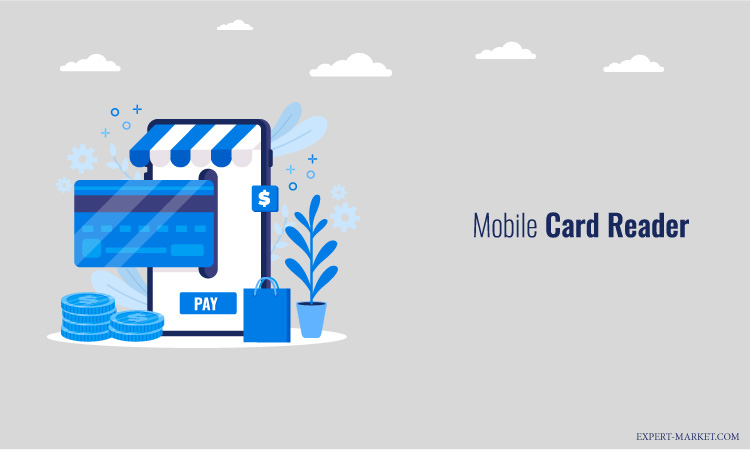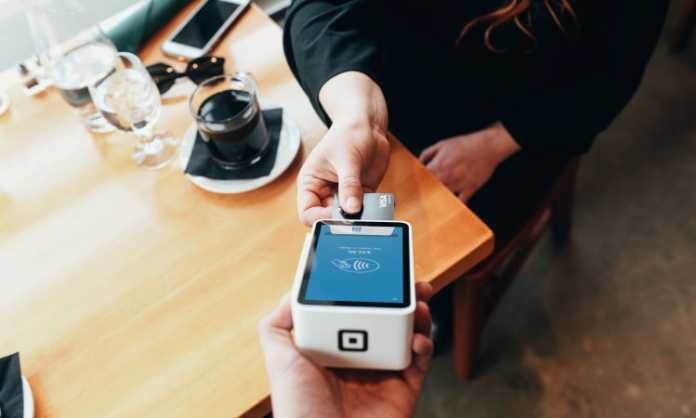Every business should have as many ways of accepting payments as possible. Doing this allows them to provide options that are convenient to their customers as well as expand their customer base to include people who prefer paying using their credit cards only.
Mobile credit card readers are a good way to provide a payment option to customers who do not come to your business. These mobile credit card readers can be attached to your phone and are touted to revolutionise the way businesses accept payments.

Should You Use a Mobile Card Reader?
If you think it is time to start accepting payments through mobile card readers, there are a few things you should consider. The first one is your customer’s attitudes. Your customers may already be familiar with other payment methods and may be wary of something new. Try to let them see that the mobile card reader is no different from any other card reader.
Next, you should consider if adding a mobile card reader will help you open new income streams. The answer to this is usually yes because you will be able to sell to more customers regardless of where they are. Remember to also consider if the fees will justify this addition or change. When making this consideration, you should weigh the extra income projected to come from adding a new mobile card reader against the fees associated with having the reader itself.
How Much Does It Cost?
Most payment providers use one of three payment models. The model you settle on will depend on the type of your business, the value of the transactions you make, as well as the transaction volume.
The first and simplest payment model is flat-rate pricing. Although this rate might appear more expensive than the other two options, the main selling point is that there are no additional fees and no contracts to sign. Flat-rate pricing will usually be calculated as a percentage of the transaction or this percentage plus a small fee for every transaction.
The next pricing model is interchange-plus pricing. In this model, you pay a wholesale rate plus the payment processor’s mark-up. For the wholesale rate, you pay a rate that is set by the payment processor plus an assessment fee.
Both of these are non-negotiable because they are the rates that card brands charge the payment processors. The processor’s mark-up is the processor’s profit for facilitating your transactions. This is negotiable, and if you want to know what it is, most processors will give it to you if you ask.
Finally, we have tiered pricing. Here, you are charged three different rates for different types of transactions. These are:
- Qualified transactions – these are the common transitions done using a credit card at a point of sale. Their rates are the lowest.
- Mid Qualified transactions – those involving reward cards
- Non-qualified transactions – these involve corporate cards, reward cards, and other types of cards not covered above. These types of transactions have the highest rates.
Other Considerations
Apart from your volume and business type, the payment processor makes other considerations before giving you a payment rate. These considerations include your history and, in some cases, your personal and business credit. Once all this has been taken to consideration, you can expect your rate to be about two to four percent.
Hardware
Once you have selected a payment processor, you should decide if you need a phone, tablet or both. Having more than one device will give you more payment points, which can increase revenue, but remember that every extra smartphone or tablet might require its own service and data plan. The one advantage of getting a separate smartphone is that customers or clients might not be okay with using your personal phone but would feel better knowing they were using a business smartphone.
The device you choose should be able to connect to Wi-Fi for long periods of time as some payment processors require the device you use to be connected to a network at all times. If you decide to use Wi-Fi, you need a good service because the network speeds might be low if you have many devices on the same network.
Alternatives
You might not want to attach new hardware on your phone just to receive payments. Your phone might also not be compatible with the available hardware or software. If this sounds like you, then you should consider a portable card machine. These card machines give you the same convenience as using a mobile phone to accept payments.
These are wireless, and each card reader comes with a SIM card or another way to connect to a network. The mobile card readers from UTP Merchant Services use a SIM card and connect to the strongest network to ensure you can receive payments anywhere you are in the UK.
UTP Merchant Services provides innovative payment solutions for their clients that make it easy for businesses to collect payments. The firm also offers a faster payment, so you can get paid in hours, rather than days.
If your business is not using a mobile card reader, it should be, as it opens up a new way of collecting revenue. Just make sure that the extra cost of getting the readers is offset by the transactions you make.



























